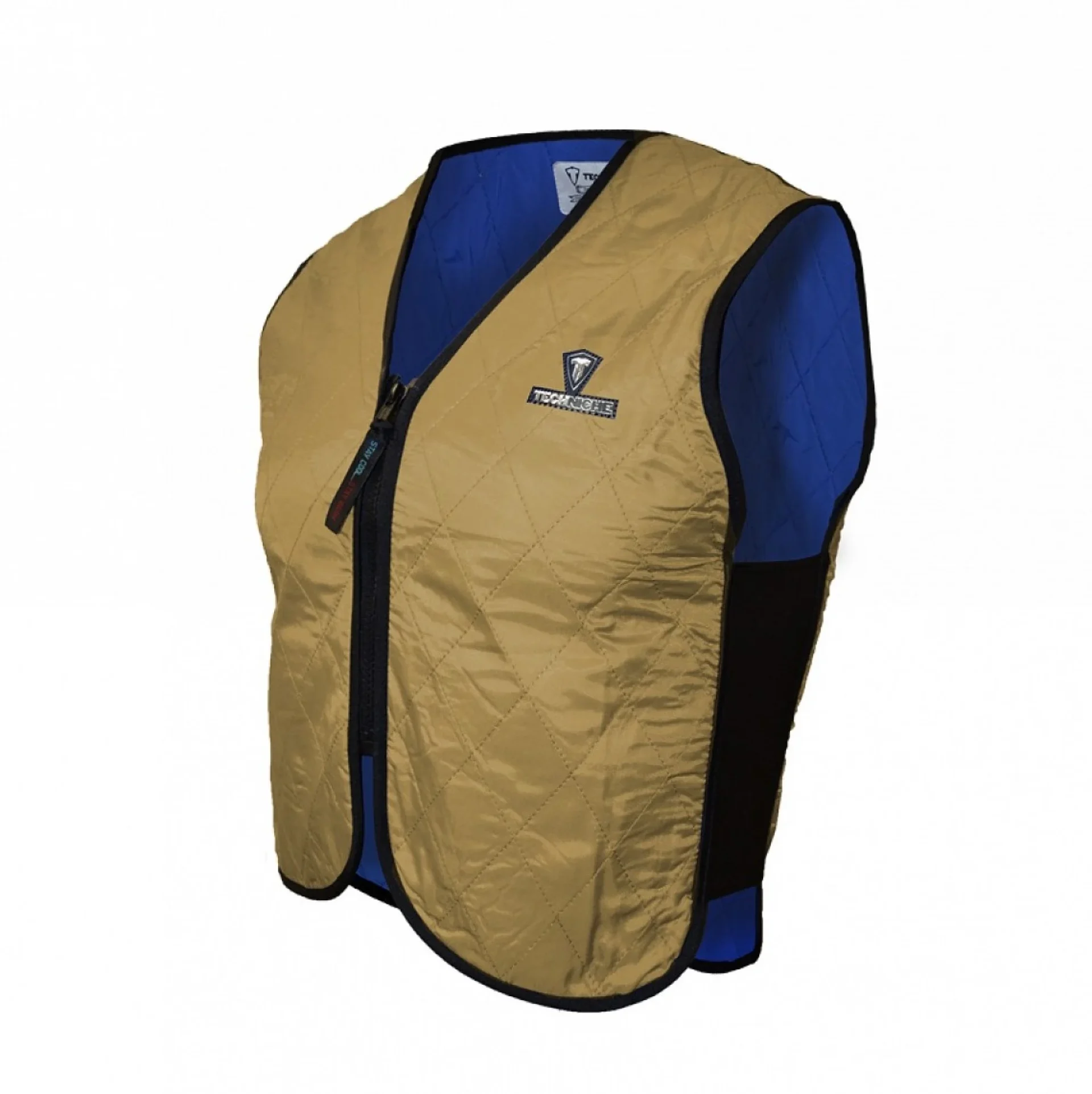In the blistering heat of Qatar’s summer, thousands of construction workers have adopted a unique two-minute ritual: they drench their uniforms in water. This simple act ensures that as they work under temperatures surpassing 48 degrees Celsius (120 degrees Fahrenheit), their uniforms, equipped with the latest cooling technology, drop their skin temperature by up to eight degrees Celsius, an effect that can last for seven hours.
These groundbreaking uniforms, known as StayQool suits, are the brainchild of the British start-up, Techniche UK. The design consists of a specially crafted mesh exterior coupled with a waterproof inner layer, promoting heat removal through evaporation. Additionally, workers can customize the uniform by adding or removing cooling collars or wrist cuffs, based on their comfort needs.
However, Techniche is not the sole innovator in this rapidly expanding market. As 2023 is predicted to break records as the hottest year yet, many startups globally are investigating novel textiles and technologies to keep individuals cool. From wearable gadgets in the U.S. emulating air conditioning to Chinese researchers experimenting with highly reflective fabrics, the quest to design the ultimate cooling apparel is on.
Sophie Bakalar, a partner at Collaborative Fund, an investment firm focusing on eco-friendly apparel start-ups, observed, “With escalating climate change-induced temperatures, the appetite for cooling clothing is on the rise, especially as developing nations prosper and consumers find themselves with more disposable income.”
But it’s not merely about comfort. Extreme heat waves pose severe health risks, especially to vulnerable populations like children and seniors. The impact on the economy is undeniable as well. Data from The Lancet indicated that in 2021, global labor lost 470 million hours due to heat exposure across various sectors. This number is expected to rise as heatwaves become more frequent, signaling potential business growth for firms like Techniche.
From its humble beginnings in 2014 with the introduction of cooling baseball caps, Techniche has grown exponentially. By 2022, they were boasting revenues nearing £7 million (US$8.8 million), offering a diverse range of cooling products to nearly 30 countries.
James Russell, the co-founder and managing director, expressed, “The market potential is vast.” Currently, they’re innovating a vest embedded with smart sensors to monitor and predict heat stress risks for workers. Another exciting avenue they’re exploring involves phase-change materials, initially conceptualized by NASA for astronauts, to regulate body temperatures.
Parallel innovations are happening across the globe. For instance, Renkun Chen, a mechanical engineering professor at the University of California, San Diego, is pioneering clothing with built-in air conditioning. Using rechargeable batteries, these clothes can reduce skin temperatures by up to 10 degrees Celsius.
However, like any novel technology, challenges exist. Cost remains a significant barrier. Even if production costs could be reduced to US$200 per shirt for Chen’s designs, many would still find it out of reach. Other concerns include the weight of the garments and skepticism surrounding brand claims about cooling capabilities.
Yet, the initial target demographic—outdoor workers—find these garments more of a necessity than a luxury, and their employers are willing to invest. For Techniche, sectors such as construction and oil drilling contribute to almost 90% of their revenue.
However, as our planet continues to heat up, these niche solutions might soon become mainstream. Russell envisions a future where even a short walk across the street might necessitate cooling garments. “It might not be tomorrow or the next day, but it’s an inevitability,” he asserts.
READ MORE:
